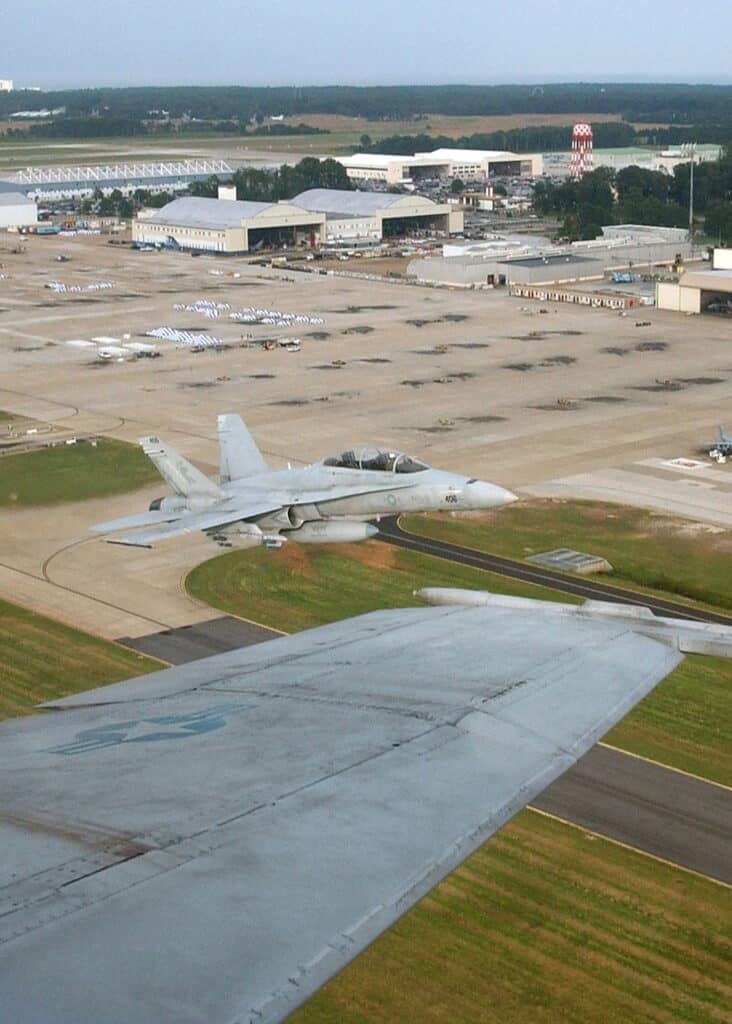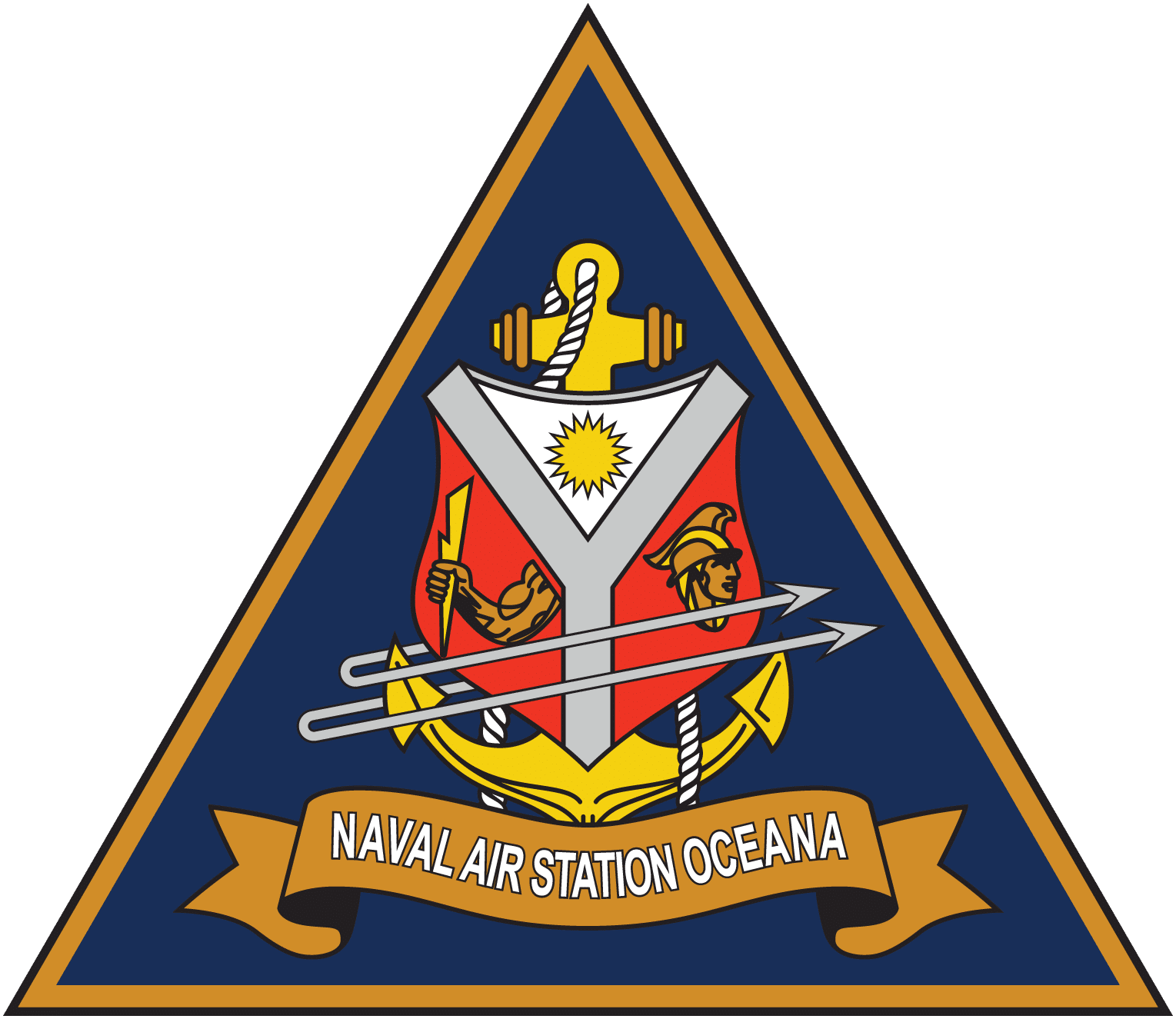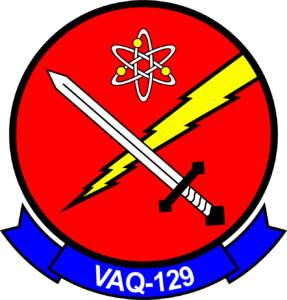Naval Air Station Oceana “NAS Oceana”: A Bastion of Naval Aviation Excellence
Nestled amidst the vibrant coastal city of Virginia Beach, Virginia, lies Naval Air Station Oceana (NAS Oceana), a sprawling aviation hub that has played a pivotal role in shaping American naval aviation history. Renowned as the “East Coast’s Fighter Town,” NAS Oceana has served as a cornerstone of naval aviation training and operational excellence for over eight decades.

030903-N-0020T-001 Naval Air Station Oceana, (September 03, 2003) 1st Lt. Jason McManigle, of Strike Fighter Squadron One Zero Six (VFA-106), performs a section takeoff from NAS Oceana. The VFA-106 Gladiators are a tenant command aboard NAS Oceana, training naval aviators transitioning into F/A-18 Hornet aircraft. U.S. Navy Photo by PH1 Matthew J. Thomas. (RELEASED)
A Legacy of Naval Aviation Excellence
Established in 1940, NAS Oceana has witnessed the evolution of naval aviation, from the iconic propeller-driven aircraft of World War II to the cutting-edge fighter jets that dominate modern skies. The station’s rich history is intertwined with the development of naval aviation tactics, strategies, and technologies.
A Training Ground for Top Guns
NAS Oceana serves as the primary training center for the United States Navy’s fighter and strike squadrons. The station’s state-of-the-art facilities and experienced instructors have produced generations of top-tier naval aviators, including numerous aces and Medal of Honor recipients.
A Hub of Operational Excellence
NAS Oceana is home to over 250 aircraft, including F/A-18 Super Hornets, F-35C Lightning II Joint Strike Fighters, and E-2C Hawkeye airborne early warning aircraft. These aircraft are integral to the Navy’s ability to project power and maintain global maritime security.
A Community Partner
NAS Oceana is deeply embedded in the fabric of the Virginia Beach community. The station’s personnel actively engage in various community outreach programs, fostering strong ties with local residents and businesses.
The Future of Naval Aviation at NAS Oceana
As naval aviation continues to evolve, NAS Oceana remains at the forefront of innovation. The station is actively investing in advanced technologies, such as unmanned aerial vehicles and hypersonics, to ensure that it remains the premier naval aviation center for generations to come.
NAS Oceana: A Symbol of Naval Aviation Prowess
NAS Oceana stands as a testament to the enduring spirit of naval aviation. Its legacy of training, operational excellence, and community engagement has cemented its position as a cornerstone of American naval power. As the station continues to adapt and innovate, it will undoubtedly remain a symbol of naval aviation prowess for years to come.
Naval Air Station Oceana is home to several squadrons of the United States Navy, including:
- Strike Fighter Squadron (VFA) 106: The “Gladiators” of VFA-106 are the Navy’s largest fleet replacement squadron, responsible for training the next generation of F/A-18 Super Hornet pilots.
110713-N-AU622-065 ATLANTIC OCEAN (July 13, 2011) – An F/A-18F Super Hornet assigned to the “Gladiators” of Strike Fighter Squadron (VFA-106) performs an arrested landing aboard aircraft carrier USS Dwight D. Eisenhower (CVN 69) July 13. USS Dwight D. Eisenhower is currently underway for carrier qualifications in preparation for its next deployment. (U.S. Navy Photo by Mass Communication Specialist 3rd Class Nathan Parde)
- Fighter Squadron Composite (VFC) 12: The “Black Diamonds” of VFC-12 are the Navy’s East Coast adversary squadron, providing realistic aerial combat training for fleet squadrons.
- Electronic Attack Squadron (VAQ) 129: The “Vikings” of VAQ-129 operate the EA-18G Growler, a sophisticated electronic warfare aircraft that can disrupt enemy communications and radars.
- Fleet Logistics Support Squadron (VRC) 40: The “Rawhide” of VRC-40 operates the C-2 Greyhound carrier onboard delivery aircraft, providing vital logistics support to carrier strike groups.
- Helicopter Sea Combat Squadron (HSC) 85: The “Huskies” of HSC-85 operate the MH-60S Seahawk helicopter, providing a variety of support missions, including search and rescue, medical evacuation, and vertical replenishment.
These squadrons are just a few of the many that call NAS Oceana home. The station is also home to a variety of other units, including training detachments, maintenance squadrons, and support personnel. NAS Oceana is a vital part of the United States Navy, and its squadrons play a critical role in ensuring the Navy’s ability to maintain its global presence and protect American interests.
Tenant squadrons
IN PROCESS: ICM WWII Pilots of British Naval Aviation
Revell 1/32 F/A-18 E Super Hornet Review
























